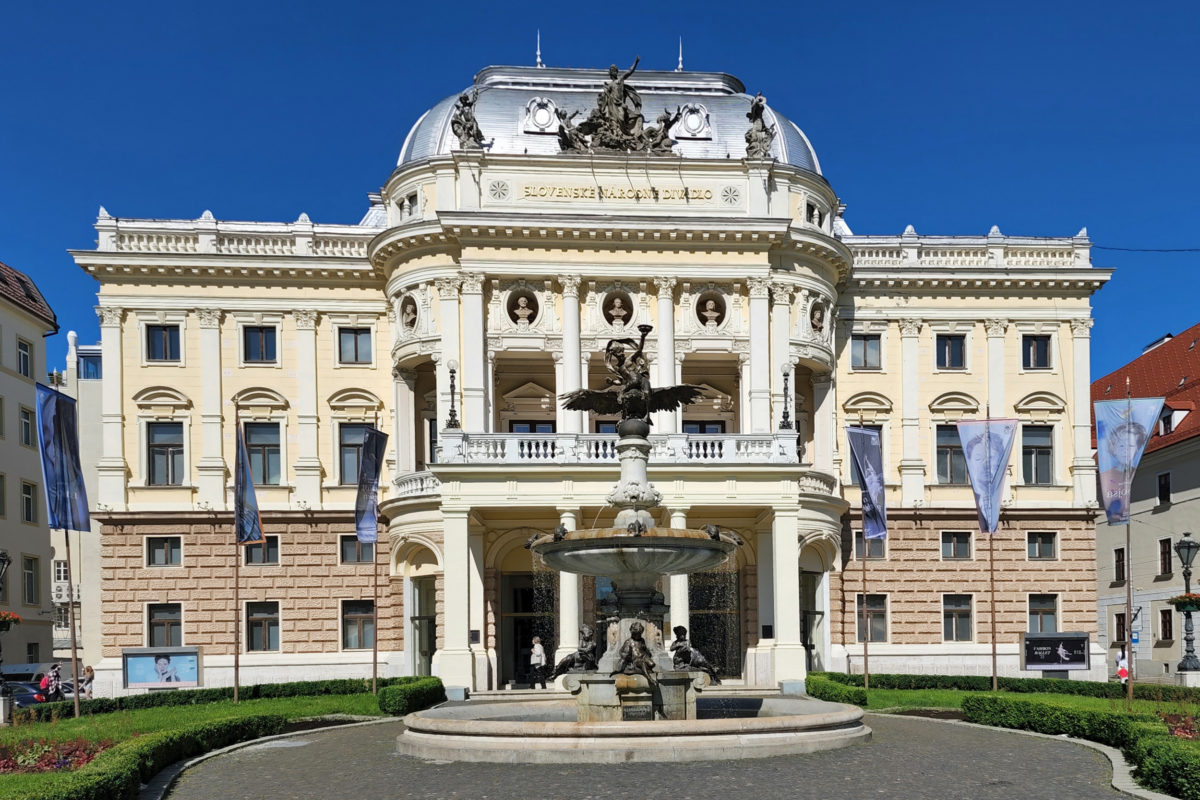by Alan K. Lee
Bratislava is the capital of Slovakia, but it is less known and less visited than its neighboring country’s capitals, Prague, Vienna, and Budapest. You won’t find many guide books devoted solely to Bratislava. Prague, Vienna, and Budapest are all great cities and there are a multitude of reasons to visit them. But Bratislava has its own charms, and anyone traveling to the region should consider adding it to their itinerary.
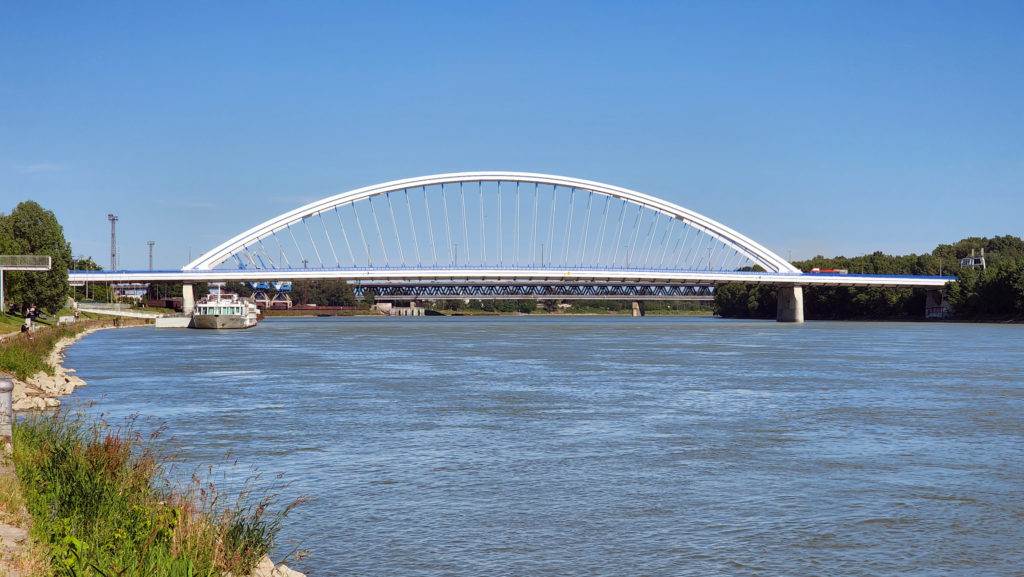
Bratislava lies on the Danube River, between Budapest and Vienna. It’s a mere 35 miles from Vienna, and about 100 from Budapest – a short hop by train or car (or in our case, by boat) from either. My wife and I were fortunate to have visited all three cities on a Danube River cruise last spring.
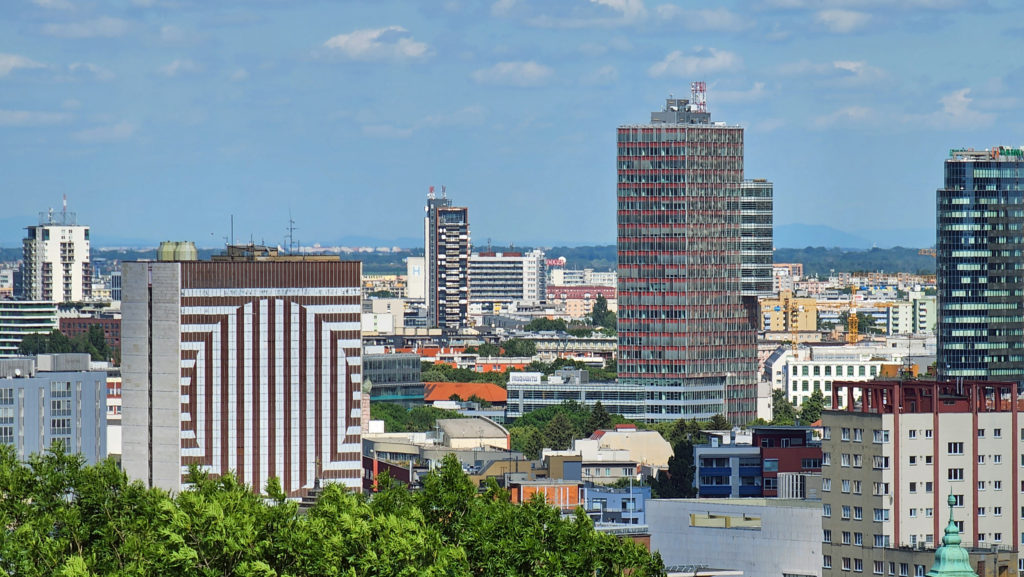
We spent less than 24 hours in Bratislava, so we didn’t get to know the city well, but saw enough of it to think that another day or two (or more) wouldn’t have been wasted.
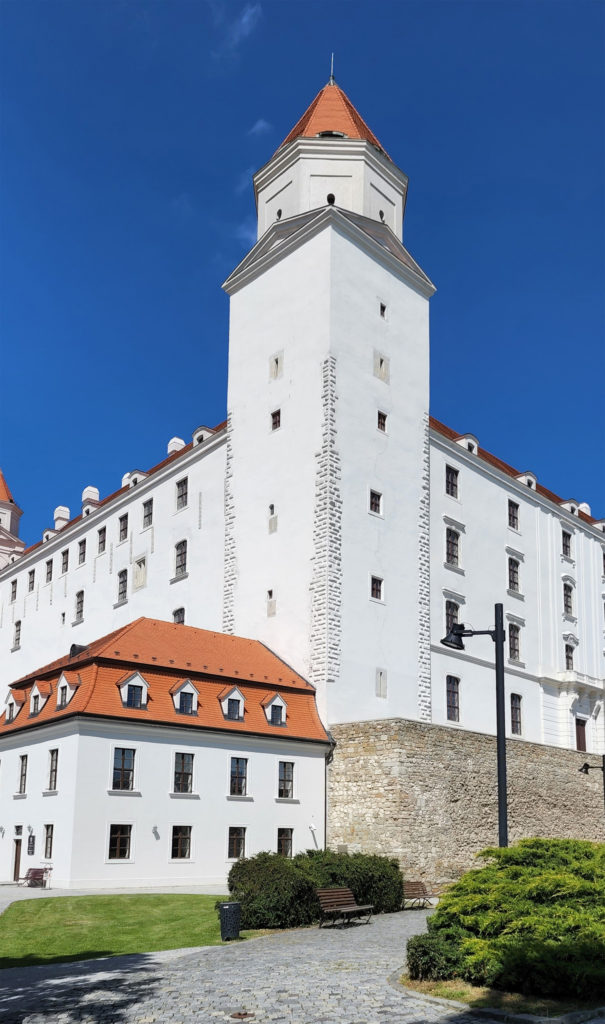
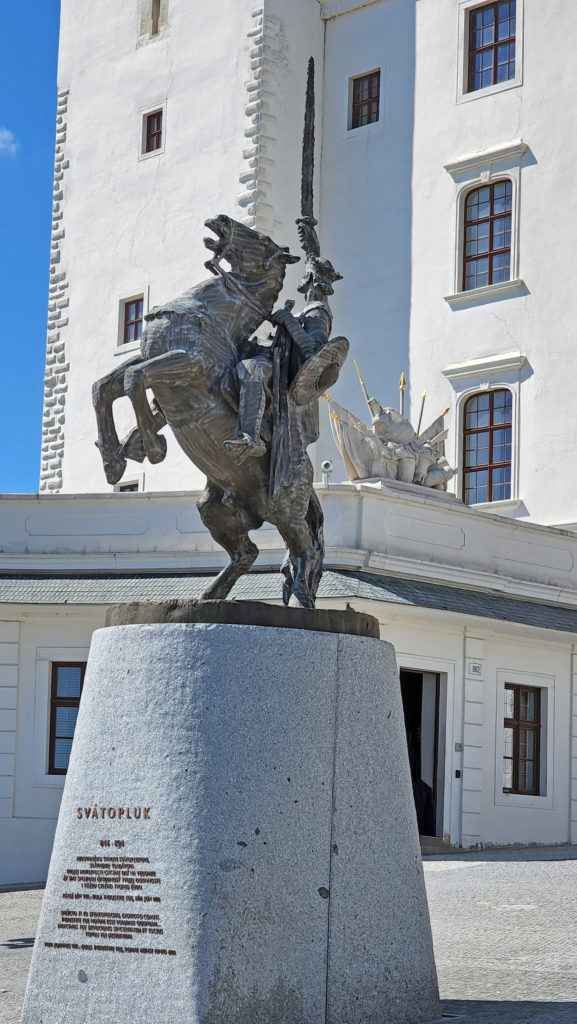
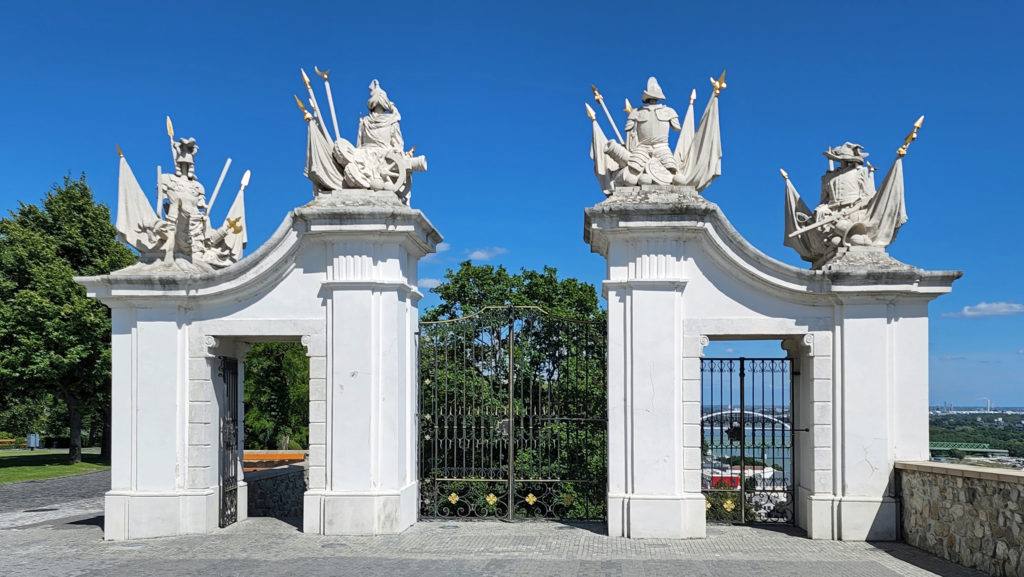
Our day in Bratislava began with a bus tour that took us through parts of the city and up to Bratislava Castle, 290 feet above the river. The first castle on the site was built around 1000 AD and was remodeled, expanded, and rebuilt a number of times. In 1811 the castle burned and lay in ruins for 150 years. The present castle dates only to the 1960s, but looks and feels much older. The ruins of Devin Castle, another important historic site, lie about seven miles west of the city center..
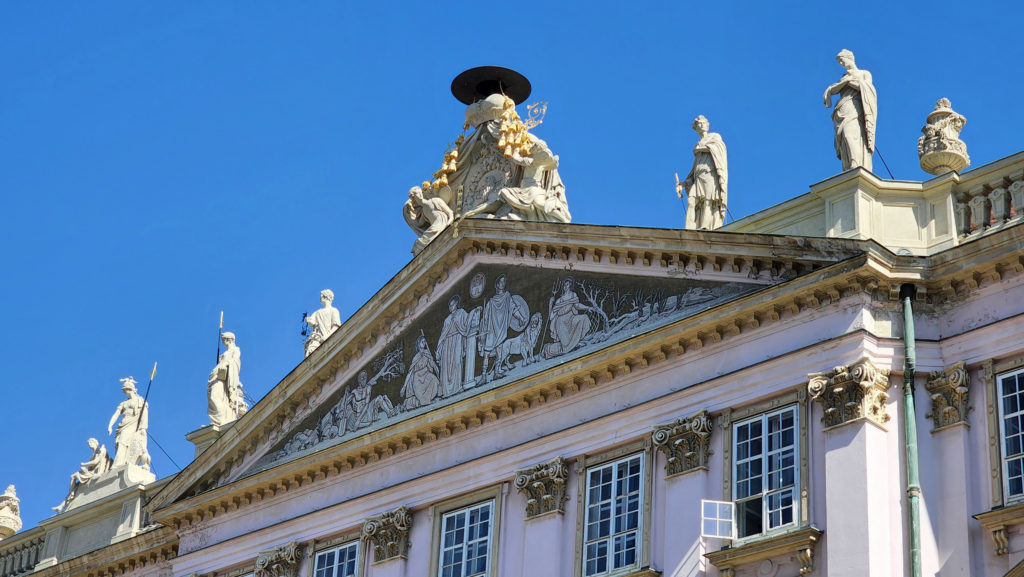
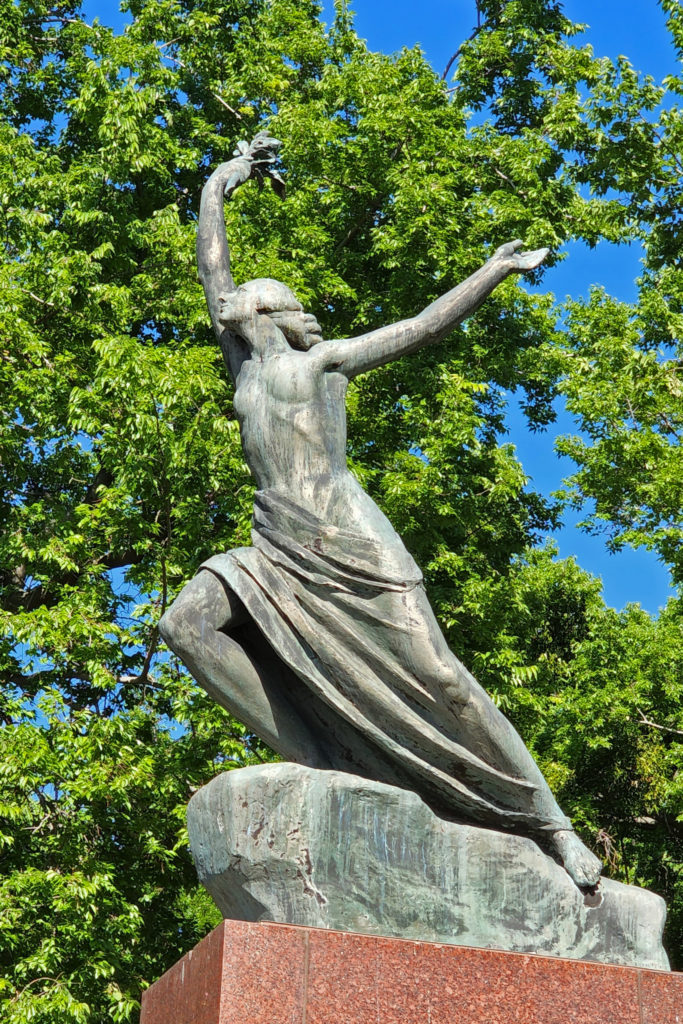
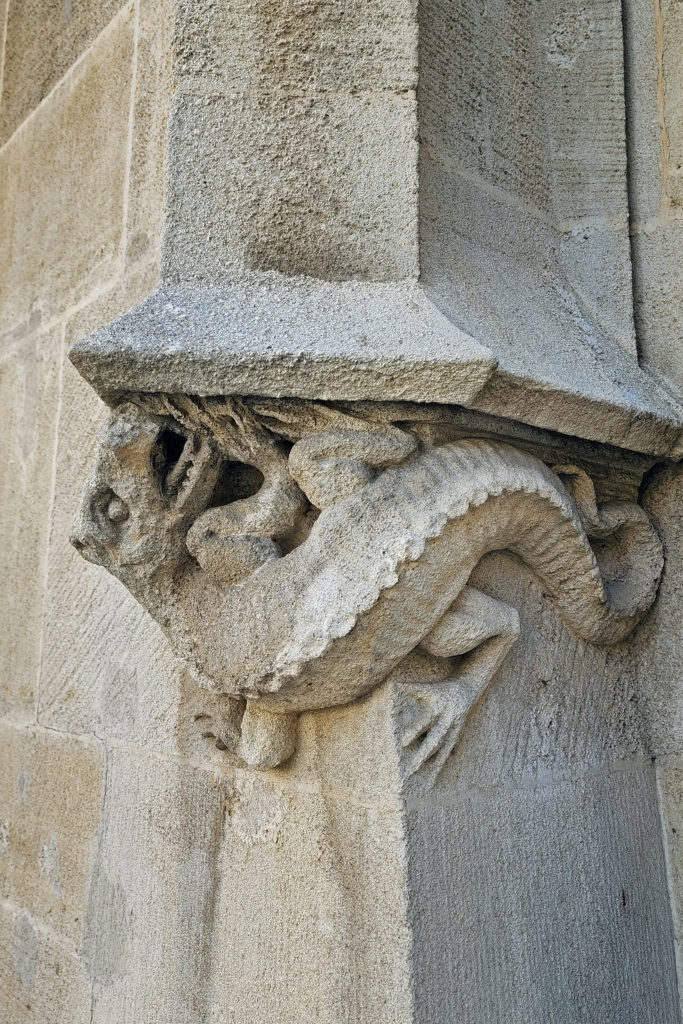 After the castle tour, we did a guided walking tour of the old town area along the river. Among the highlights of the old town are St. Martin’s Cathedral, the old Slovak National Theater building, Michael’s Gate, and the historic Hlavne namestie (town square).
After the castle tour, we did a guided walking tour of the old town area along the river. Among the highlights of the old town are St. Martin’s Cathedral, the old Slovak National Theater building, Michael’s Gate, and the historic Hlavne namestie (town square).
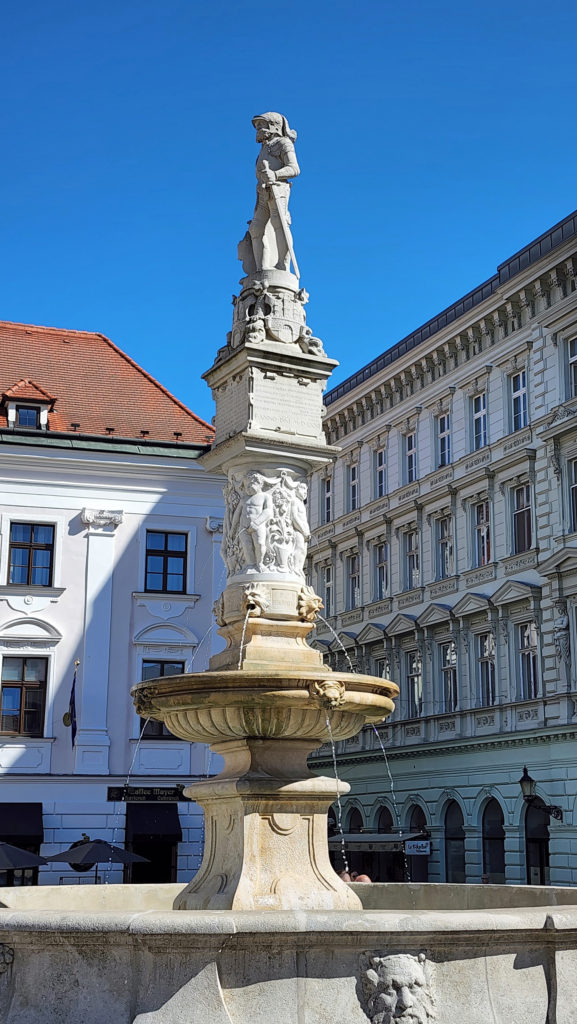
The Bratislava area has a long and varied history, like many central European cities. The region was part of the Roman Empire from the first to the fourth century AD. After Roman rule ended, what is now Bratislava became part of the first Slavic nation. In the 10th century, it became part of the Hungarian Empire, then became part of the Hapsburg Empire in the 16th century. During the reign of Queen Maria Theresa in the 18th century Bratislava flourished, and was the capital and largest city in Hungary.
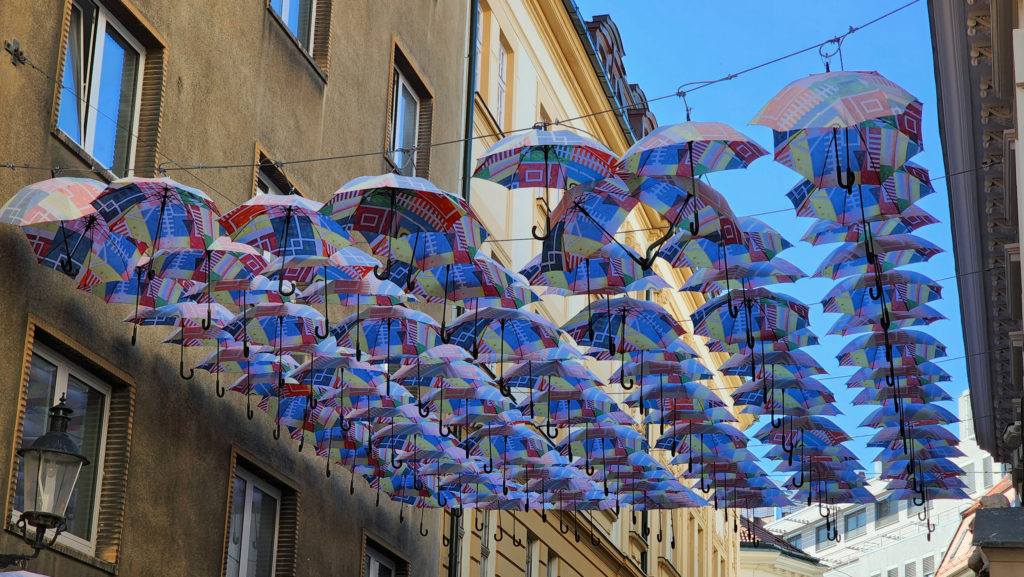 In the 19th and 20th centuries Bratislava’s influence waned, becoming a sleepy regional center of no great significance during the Soviet era. But Bratislava today is a vibrant, modern city with a diverse population and a surprisingly Western European vibe.
In the 19th and 20th centuries Bratislava’s influence waned, becoming a sleepy regional center of no great significance during the Soviet era. But Bratislava today is a vibrant, modern city with a diverse population and a surprisingly Western European vibe.
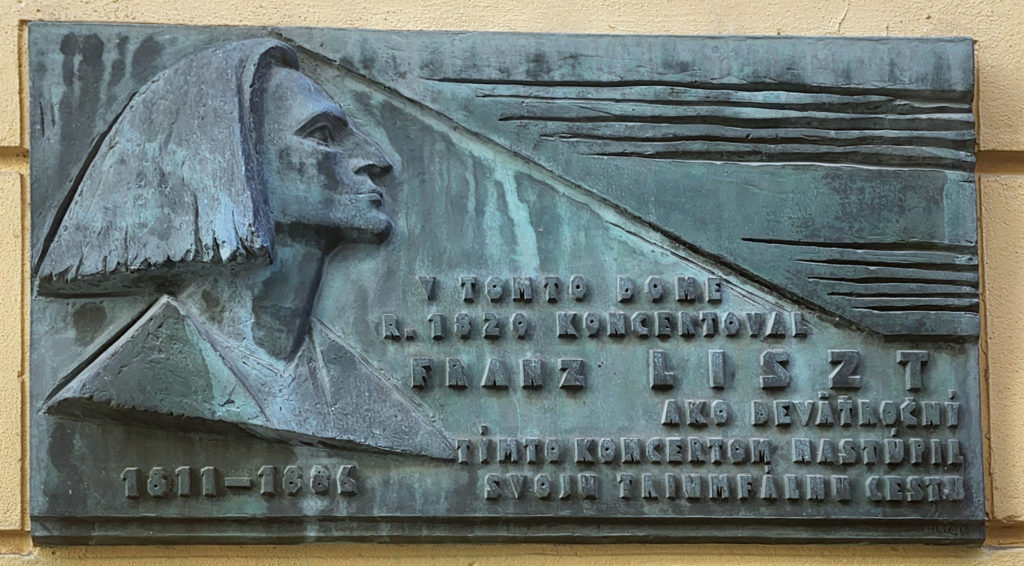 Neighboring Vienna is internationally recognized as a center of classical music and culture, but Bratislava has its own deeply rooted history of arts and culture. Mozart gave a concert in Bratislava at the age of six, and Franz Liszt’s career began (at nine years of age) with a concert in Bratislava. And Hayden, Beethoven, and many other prominent composers performed or conducted concerts in Bratislava in the 19th century. Today, there are a number of music festivals in Bratislava throughout the year, and the Slovak National Theater has been staging performances for more than a century. (The old Slovak National Theater building is the featured photo at the top of this article).
Neighboring Vienna is internationally recognized as a center of classical music and culture, but Bratislava has its own deeply rooted history of arts and culture. Mozart gave a concert in Bratislava at the age of six, and Franz Liszt’s career began (at nine years of age) with a concert in Bratislava. And Hayden, Beethoven, and many other prominent composers performed or conducted concerts in Bratislava in the 19th century. Today, there are a number of music festivals in Bratislava throughout the year, and the Slovak National Theater has been staging performances for more than a century. (The old Slovak National Theater building is the featured photo at the top of this article).
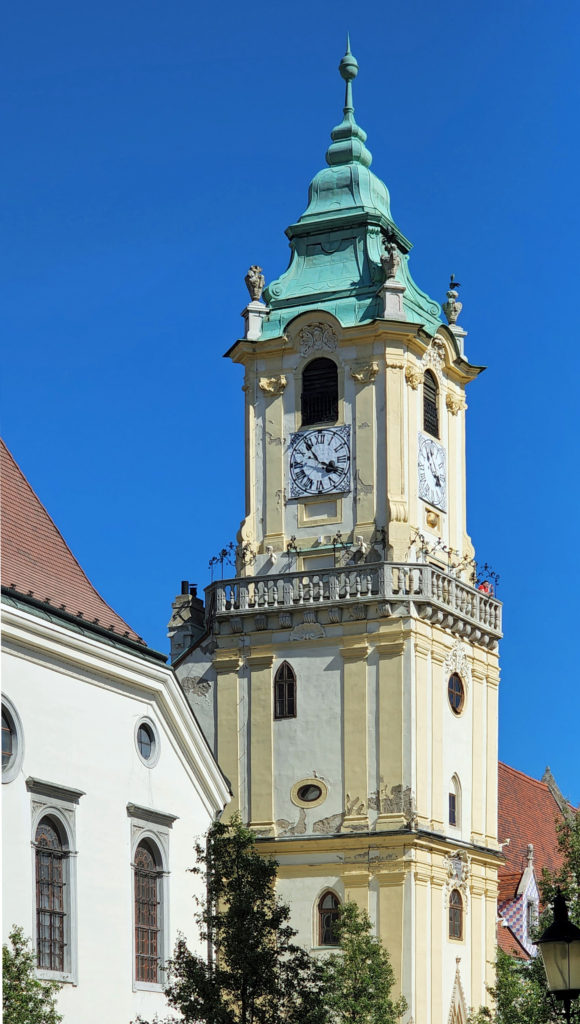
As with most ancient European cities, religion has played a central role in both Bratislava’s history and culture. Every major city that we’ve visited in Europe has a central cathedral and Bratislava is no different. St. Martin’s Cathedral may not be as large or grand as some others, but it has a significant place in the history of the region, politically and culturally as well as spiritually. The cathedral was completed in 1452, and from 1563 to 1830 it was the coronation site for the crowning of eleven kings of Hungary. It was also the site of the first performance of Beethoven’s Missa Solemnis in 1830 and Franz Liszt conducted his Coronation Mass in St. Martin’s in 1883.
 There is much for the visitor to see and do in Bratislava, the vast majority of which we did not have time to take in. But I’m glad that we were able to see at least a portion of this small but interesting and historic city.
There is much for the visitor to see and do in Bratislava, the vast majority of which we did not have time to take in. But I’m glad that we were able to see at least a portion of this small but interesting and historic city.
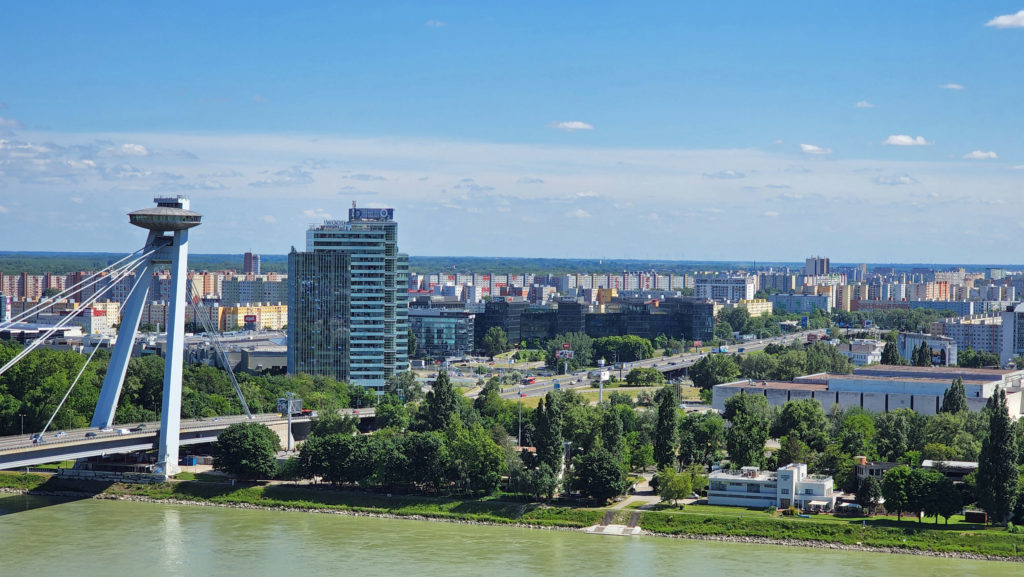 Posted September 14, 2022
Posted September 14, 2022
All photos © Alan K. Lee

